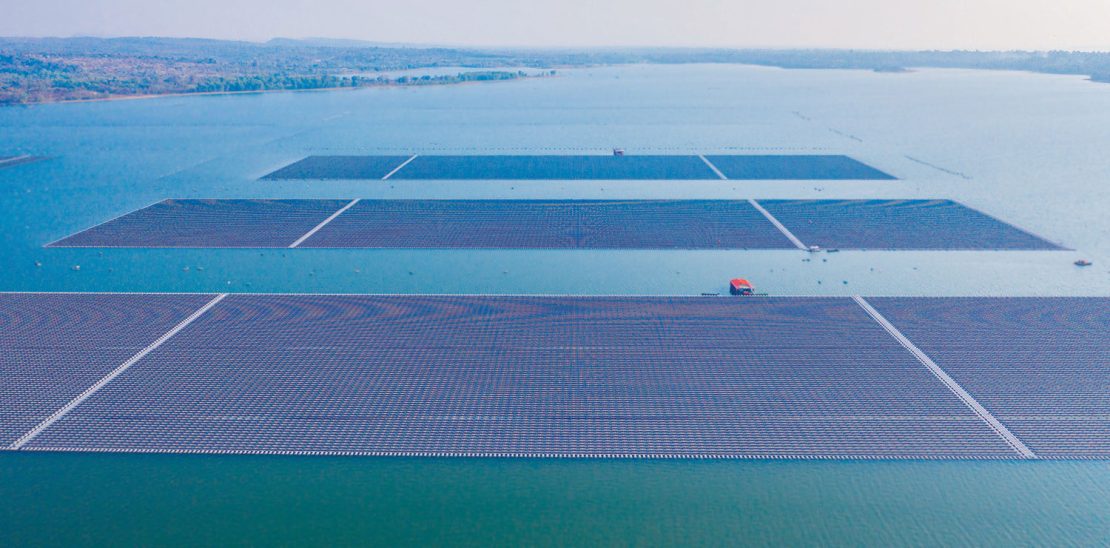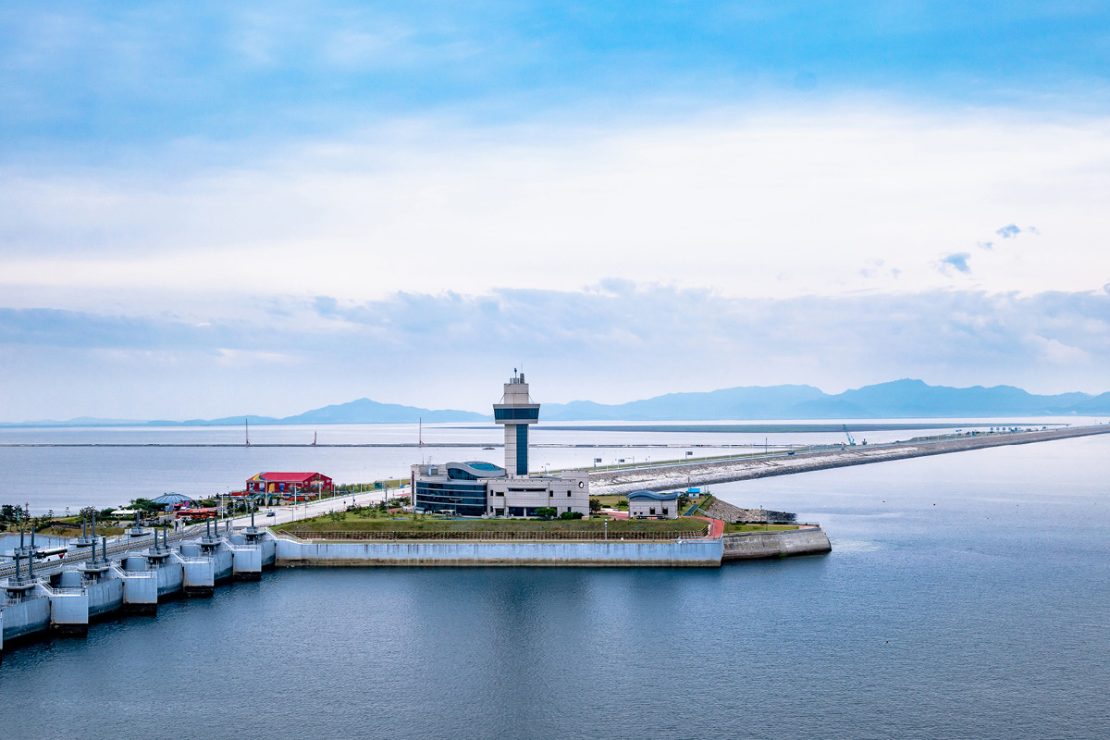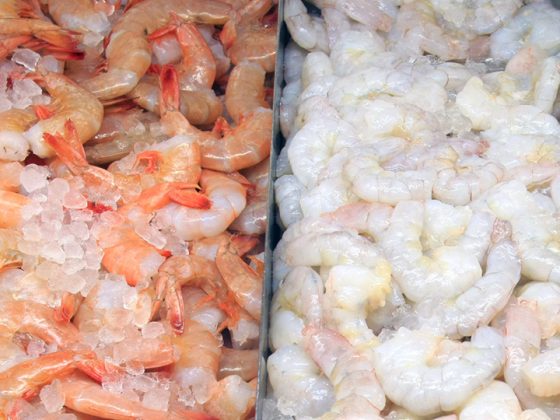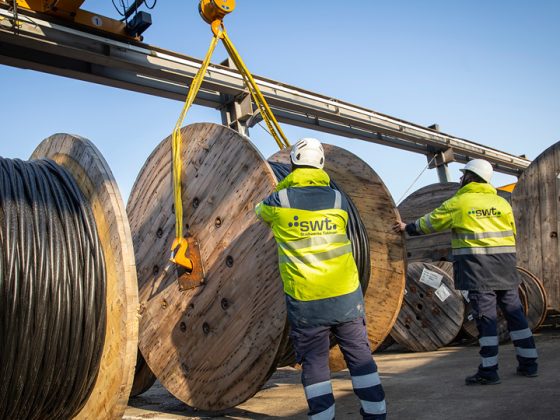
In South Korea land is scarce. That’s why the government decided in the 1990s to reclaim the Saemangeum mud flats in the south-west of the country. Since 2006, a 34 kilometre long dam separates a 409 square kilometre area of the former mud flats from the sea. The land is to be used for agriculture and industry, while housing and tourist attractions are also to be created here by 2030. Because this all takes a lot of energy, and fossil fuels are taboo, giant eco-power plants are intended to generate green electricity. They are to contribute a total of 2.6 GW, with photovoltaics on land contributing 300 MW, wind turbines adding 100 MW, and fuel cells generating another 100 MW. The lion share of the 2.1 GW comes from solar cells floating on the water that is now hardly exposed to the tides thanks to the dam.
The area is being developed for renewable energy in three zones. Construction work for the photovoltaic systems on land in Zone 1 began at the end of 2020 and is due for completion in 2022. The cost of this sub-project is around €107 million. The solar power plant there will have an output of 100 MW. Work has also already begun in Zone 2 and is imminent in Zone 3. The floating modules will follow within the next few years. The investments in energy generation are budgeted at around € 4.8 billion in total, but the expenditure is likely to be worthwhile. Once completed, the various systems will generate a total of 4679 GWh of energy per year and supply around 1.7 million households. This will save annual greenhouse gas emissions of two million tons. To compensate for this, 300 million pines would have to be planted.
Such a large project requires suppliers who can deliver the required components on time, in large quantities and in high quality. LAPP Korea was chosen for the cables. The company supplies around 1.5 million metres of ÖLFLEX® SOLAR XLWP solar power cable for Zone 1. It is used to connect the solar modules with one another and the modules arrays to the inverter. Delivery began in July 2021 and the quantity ordered was delivered to the construction site by October. The same goes for the 1.2 million metres that LAPP is to supply for Zone 2. The company also won this contract recently.

ÖLFLEX® SOLAR XLWP is ideal for the ambitious Saemangeum project. This cable type has an electron beam cross-linked outer sheath and the core insulation is also electron beam cross-linked. This makes the cable weatherproof, UV-resistant, ozone-resistant and mechanically highly robust. There are also other special properties: the water resistance of the cable is important in areas exposed to high water, as it can be laid directly in the ground or also underwater. For the tremendous lengths that need to be laid, meter marking is useful for length control. A coloured stripe protects against accidental polarity reversal. Large solar parks are normally operated with voltages of 1000 V. However, the LAPP experts succeeded in convincing the customer that operation at 1500 V is more energy-efficient. But conventional solar cables do not allow these voltages, whereas ÖLFLEX® SOLAR XLWP does. It is approved for DC voltages up to 1800 V.
LAPP Korea was founded in 2000 and sells cables and connectors for industry at home and abroad. The company runs five sales offices throughout the country with its headquarters in Hwaseong, where a production facility is located. The factory has a modern electron beam cross-linking plant, where cables are also produced for the railway industry. In the future, the company wants to play an even bigger role on the Korean market, also with cables for floating solar power plants, as are planned for the further expansion of the Saemangeum project.
The chances of winning these contracts too are good. LAPP Korea has gained a good reputation in the country with many satisfied customers, especially in the solar industry. One advantage is that the company can produce the solar cables in Korea and deliver them faster than its competitors. The cables are also certified by the German TÜV. LAPP also benefits from its expertise in Korea internationally. The plant in Hwaseong manufactures all solar cables for the LAPP Group worldwide. This is reflected in low prices through the large quantities produced thus ensuring stable prices without exchange rate fluctuations as for delivery to other countries.



